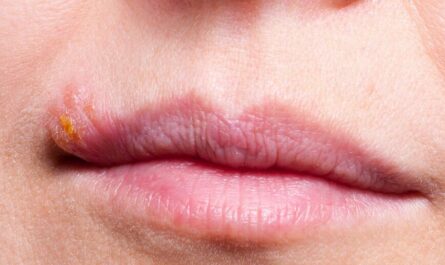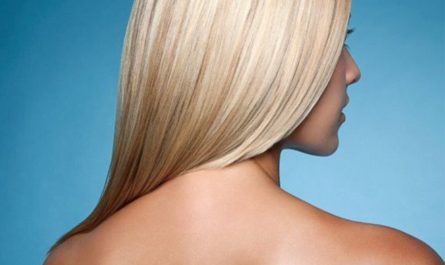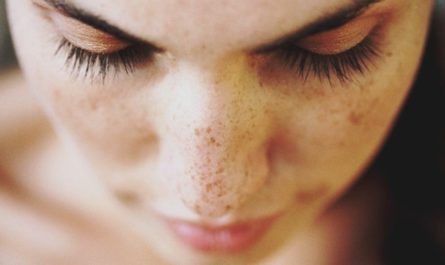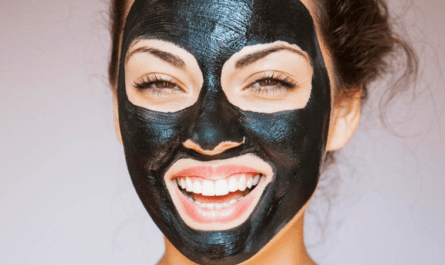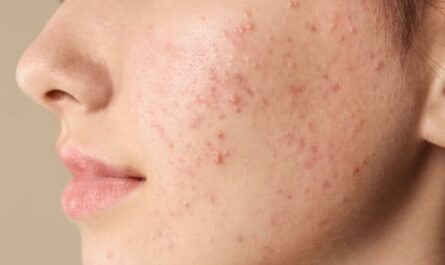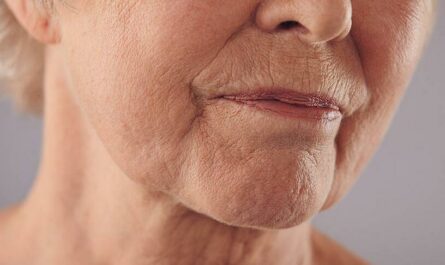Are you experiencing a pesky rash on your neck and face that just won’t go away? Don’t worry; you’re not alone. Skin rashes are a common problem faced by people of all ages. The rash can be uncomfortable, itchy, and sometimes even painful. But fear not. In this article, we’ll explore the various common causes of rash on the neck and some best treatments.
What are Rashes?
A rash is a noticeable change in the texture or appearance of the skin. The symptoms usually include redness, itching, and sometimes swelling. They can manifest as small bumps, blisters, or patches on the affected area.
Rashes can occur on any part of the body and can vary in size, shape, and severity. They may be localized to a specific area or spread over a larger area of the skin.
What does a neck rash look like?
A neck rash can vary in appearance depending on its cause. Here are some common characteristics of different types of neck rashes:
- Allergic Contact Dermatitis: The rash may appear as red, itchy, and swollen patches on the neck. It can sometimes have small blisters or bumps.
- Irritant Contact Dermatitis: This rash may cause redness, dryness, and stinging on the neck. The skin may appear irritated and inflamed.
- Eczema (Atopic Dermatitis): Eczema on the neck can be dry, itchy, and may have scaly patches. The skin might also appear red and inflamed.
- Acne Breakouts: Neck acne can manifest as red bumps or pustules on the skin. In severe cases, it may lead to painful cysts.
- Rosacea: The rash may cause redness and visible blood vessels on the neck. It can sometimes have small, acne-like bumps.
- Psoriasis: Psoriasis on the neck can present as thick, red, and scaly patches. The skin might be raised and have a silvery-white appearance.
- Heat Rash (Prickly Heat): This rash can lead to small, red, itchy bumps on the neck due to trapped sweat under the skin.
- Hives (Urticaria): The rash appears as raised, red welts on the skin, and can be itchy. It may change shape and location rapidly.
- Ringworm: This fungal infection can cause a red, circular rash on the neck with a raised border. It may be itchy and may have a clearer center.
- Shingles: The rash usually appears as a band of blisters on one side of the neck, often in a specific pattern.
- Impetigo: This bacterial infection can cause red sores that may ooze and form honey-colored crusts on the neck.
- Insect Bites and Stings: Depending on the insect, the rash can vary in appearance, ranging from small red bumps to larger swollen areas.
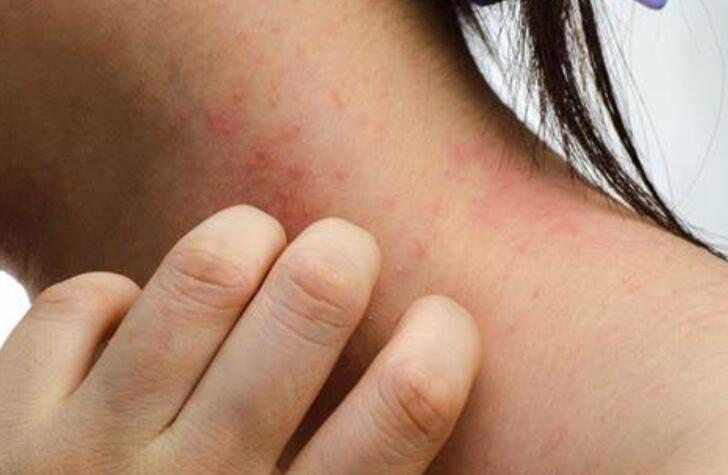
12 Common Causes of Rash on Neck and Face
Rashes on the neck and face can be triggered by various factors. Some common causes include:
1. Allergic Contact Dermatitis
Allergic contact dermatitis is a skin reaction that occurs when your skin comes into contact with a substance it’s allergic to.
Common triggers include certain cosmetics, fragrances, metals, or plant extracts. The rash is usually red and itchy and may have blisters. Avoiding the allergen and using over-the-counter corticosteroid creams can help alleviate symptoms.
2. Irritant Contact Dermatitis
Irritant contact dermatitis is different from allergic contact dermatitis as it doesn’t involve an allergic reaction. Instead, it occurs when your skin is exposed to irritating substances like harsh soaps, chemicals, or even extreme temperatures.
This rash may cause redness, dryness, and stinging. Identifying and avoiding irritants is key to preventing this type of rash.
3. Eczema (Atopic Dermatitis)
Eczema, also known as atopic dermatitis, is a chronic skin condition characterized by dry, itchy, and inflamed skin. While the exact cause is unknown, genetics and environmental factors play a role. Moisturizing regularly, using gentle soaps, and avoiding triggers like stress can help manage eczema effectively.
4. Acne Breakouts
Acne is a common skin condition that can affect the neck and face. Excess oil production, clogged pores, and bacterial overgrowth contribute to acne breakouts.
Keeping the skin clean, avoiding excessive oil-based products, and using topical treatments with benzoyl peroxide or salicylic acid can help control acne.
5. Rosacea
Rosacea is a chronic skin condition that primarily affects the face, causing redness, visible blood vessels, and sometimes small bumps.
Triggers like sunlight, spicy foods, and alcohol can exacerbate symptoms. Gentle skincare, sun protection, and prescription medications can manage rosacea effectively.
6. Psoriasis
Psoriasis is an autoimmune skin disorder that speeds up the skin cell’s life cycle, resulting in thick, scaly patches. It can occur on the neck and face, leading to discomfort and self-consciousness. Treatments include topical creams, phototherapy, and systemic medications.
7. Heat Rash
Heat rash, also known as prickly heat, occurs in hot and humid conditions when sweat is trapped under the skin. This can lead to red, itchy bumps on the neck and face. Staying cool, wearing breathable fabrics, and using calamine lotion can help relieve heat rash.
8. Hives (Urticaria)
Hives are red, itchy welts that appear suddenly on the skin due to an allergic reaction. They can be triggered by certain foods, medications, or insect stings. Antihistamines and avoiding triggers are the primary treatments for hives.
9. Ringworm
Despite its name, ringworm is not caused by worms but by a fungal infection. It appears as a red, circular rash with a raised border.
Ringworm is contagious and can spread from person to person or through contact with infected animals or objects. Antifungal creams are effective in treating ringworm.
10. Shingles
Shingle is a painful rash caused by the varicella-zoster virus, the same virus responsible for chickenpox. It usually appears as a band of blisters on one side of the body, including the neck and face.
Vaccination is available to prevent shingles, and antiviral medications can help shorten the duration of the rash.
11. Impetigo
Impetigo is a highly contagious bacterial skin infection that can cause red sores and honey-colored crusts. It often affects children but can occur in adults as well. Antibiotic ointments or oral antibiotics are used to treat impetigo.
12. Insect Bites and Stings
Insect bites and stings, like those from mosquitoes, bees, or ants, can cause localized redness, itching, and swelling on the neck and face. Avoiding insect-prone areas and using insect repellents can reduce the risk of bites and stings.
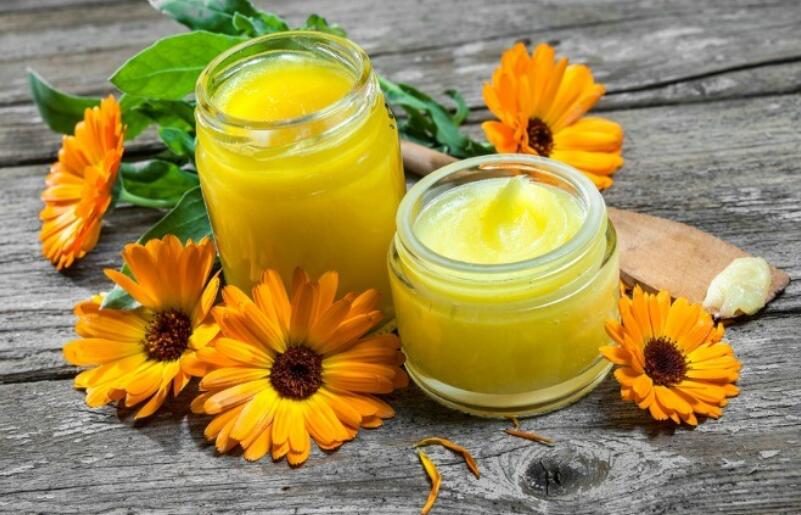
12 Home Remedies for Rashes on the Neck and Face
1. Aloe Vera Gel
Aloe vera is a succulent plant with gel-filled leaves that contain beneficial compounds such as vitamins, minerals, amino acids, and enzymes.
It has potent anti-inflammatory and healing properties, making it an excellent remedy for rashes. Aloe vera gel helps soothe irritated skin, reduce redness, and promote the regeneration of damaged tissues.
- Cut a fresh aloe vera leaf and extract the gel using a spoon.
- Apply the gel directly to the affected areas on your neck and face.
- Gently massage the gel into the skin for better absorption.
- Leave it on for at least 30 minutes or until it dries.
- Rinse it off with cool water and pat your skin dry with a soft towel.
2. Oatmeal Bath
Oatmeal is a natural remedy with anti-inflammatory properties that can help soothe and moisturize dry, itchy skin. It contains compounds called avenanthramides, which reduce inflammation and itching associated with rashes.
- Grind a cup of plain oatmeal into a fine powder using a blender or food processor.
- Fill your bathtub with warm water and add the oatmeal powder to it.
- Stir the water to ensure an even distribution of the oatmeal.
- Soak in the oatmeal bath for 15-20 minutes.
- After the bath, rinse with clean water and dry your skin.
3. Cold Compress
A cold compress constricts blood vessels, which helps reduce inflammation and swelling caused by rashes. It also provides instant relief from itching and discomfort.
- Wrap a few ice cubes in a clean cloth or place them in a sealable plastic bag.
- Gently press the cold compress against the rash-prone areas for 5-10 minutes.
- Take a short break and repeat the process if needed.
- Avoid direct contact with the ice to prevent frostbite.
4. Coconut Oil
Coconut oil is rich in medium-chain fatty acids with antimicrobial and anti-inflammatory properties. It helps moisturize the skin, reduces redness, and prevents itching caused by rashes.
- Take a small amount of virgin coconut oil in your palm and warm it up by rubbing your hands together.
- Apply the warm coconut oil to the affected areas.
- Massage it gently in circular motions to ensure proper absorption.
- Leave it on for as long as possible or overnight for maximum benefits.
5. Turmeric Paste
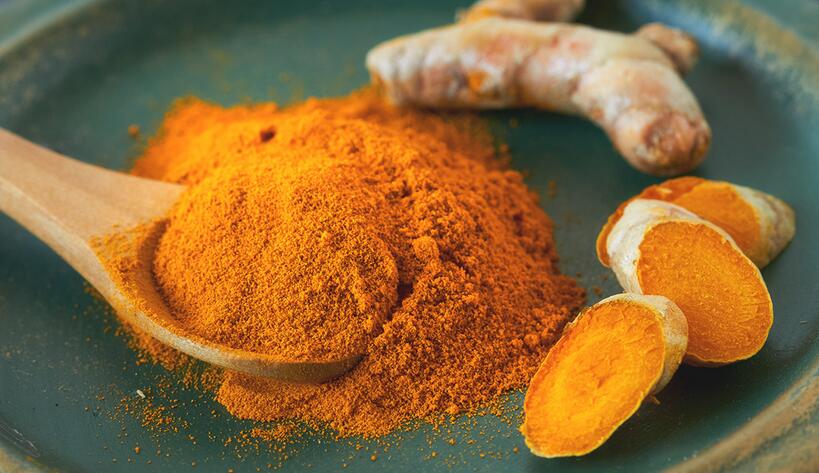
Turmeric contains a compound called curcumin, which exhibits potent anti-inflammatory and antioxidant properties. It helps soothe irritated skin, reduce redness, and speed up the healing process of rashes.
- Mix one tablespoon of turmeric powder with enough water to form a thick paste.
- Apply the paste to the rash-prone areas on your neck and face.
- Let it sit for 20 minutes or until it dries completely.
- Gently wash it off with lukewarm water and pat your skin dry.
6. Chamomile Tea Compress
Chamomile tea is known for its calming and anti-inflammatory effects. Applying a chamomile tea compress can help soothe irritated skin and reduce redness and swelling.
- Brew a strong cup of chamomile tea using a tea bag or dried chamomile flowers.
- Let the tea cool down to room temperature.
- Soak a clean cloth or cotton pads in the chamomile tea.
- Gently apply the compress to the affected areas for 10-15 minutes.
- Repeat the process a few times a day for relief.
7. Apple Cider Vinegar
Apple cider vinegar is a natural astringent that can help balance the skin’s pH levels and reduce inflammation. Its acidic properties create an unfavorable environment for bacteria and fungi, making it effective in treating rashes.
- Dilute apple cider vinegar with an equal amount of water.
- Dip a cotton ball in the diluted solution and apply it to the affected areas.
- Let it dry naturally, and there is no need to rinse it off.
8. Honey and Cinnamon Mask
Honey is a natural humectant that helps retain moisture in the skin, promoting healing. Cinnamon possesses anti-inflammatory properties, making it a beneficial ingredient in soothing rashes.
- Mix one tablespoon of raw honey with half a teaspoon of cinnamon powder to form a paste.
- Apply the paste to the rash-prone areas on your neck and face.
- Let it sit for 20 minutes before rinsing it off with warm water.
9. Witch Hazel
Witch hazel is a natural astringent that can help reduce inflammation and relieve itching. Its mild properties make it suitable for sensitive skin.
- Soak a cotton ball or pad in witch hazel.
- Gently dab the cotton ball onto the affected areas.
- Let it dry naturally, and there is no need to rinse it off.
10. Tea Tree Oil
Tea tree oil is a potent antifungal and antibacterial agent. It helps combat infection, reduce inflammation, and soothe irritated skin.
- Mix 2-3 drops of tea tree oil with a teaspoon of carrier oil (such as coconut or olive oil).
- Apply the diluted tea tree oil to the rash-prone areas.
- Leave it on for 30 minutes before rinsing it off with water.
11. Calamine Lotion
Calamine lotion is a classic remedy for rashes due to its soothing and cooling effects. It helps relieve itching and discomfort caused by skin irritation.
- Shake the calamine lotion bottle well before use.
- Apply a thin layer of calamine lotion to the affected areas.
- Allow it to dry naturally, and there is no need to rinse it off.
12. Epsom Salt Soak
Epsom salt, also known as magnesium sulfate, has detoxifying properties that can help reduce inflammation and irritation. It also provides relief from itching.
- Fill your bathtub with warm water.
- Add half a cup of Epsom salt to the water and stir until it dissolves.
- Soak in the Epsom salt bath for 15-20 minutes.
- After the bath, rinse off with clean water and pat your skin dry.
How to Prevent Rashes on the Neck and Face?
Here are some tips to help minimize the risk of developing rashes on these sensitive areas:
- Keep the area clean: Gently wash your face and neck with a mild, fragrance-free cleanser twice daily. Avoid harsh soaps or cleansers that may irritate the skin.
- Moisturize regularly: Apply a gentle, hypoallergenic moisturizer to keep the skin hydrated and prevent dryness, which can contribute to rashes.
- Avoid hot water: Use lukewarm water when washing your face and neck, as hot water can strip the skin of natural oils and lead to dryness and irritation.
- Pat dry gently: After washing, dry your skin with a soft towel instead of rubbing, as excessive friction can irritate the skin.
- Choose skincare products wisely: Opt for products labeled as non-comedogenic, hypoallergenic, and free of fragrances, dyes, and harsh chemicals.
- Sun protection: Always wear sunscreen with a high SPF when exposed to the sun. This can prevent sunburn and protect your skin from UV-induced rashes.
- Avoid potential irritants: Be cautious about using new cosmetic products or skincare treatments. Test a small patch of skin first to check for any allergic reactions.
- Wash clothing and bedding regularly: Cleanse clothes, pillowcases, and towels frequently to remove accumulated sweat, dirt, and potential irritants.
- Maintain a healthy diet: Consuming a balanced diet rich in fruits, vegetables, and nutrients can contribute to healthy skin.
- Stay hydrated: Drink plenty of water to keep your skin hydrated from the inside out.
- Manage stress: High-stress levels can worsen certain skin conditions. Find healthy ways to cope with stress, such as exercise, meditation, or hobbies.
- Avoid scratching: If you experience itchiness on your face or neck, try not to scratch the area, as it can worsen the rash and potentially lead to infection.
When to Seek Medical Attention?
While many rashes can be managed at home, some may require medical attention. It’s essential to seek medical help if:
- The rash is severe and covers a large area.
- The rash is accompanied by fever or other systemic symptoms.
- The rash is not improving with home remedies or over-the-counter treatments.

